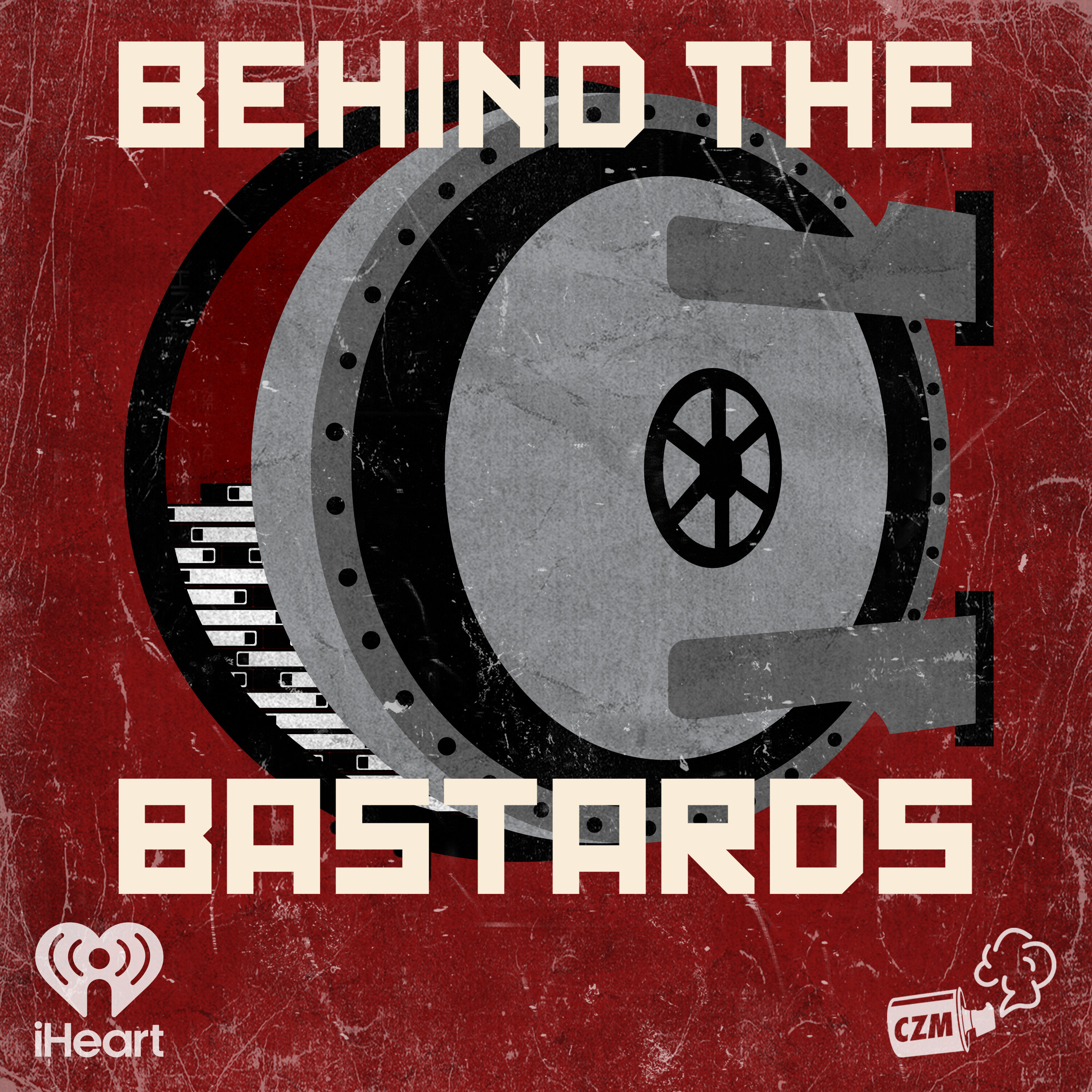Chapter

Police and Mob Violence
The police had the power to enable violence on an individual level but lacked the collective capability to stop the mob violence of the Klan in the 1800s and early 1900s, and with the race riots in 1919 and Tulsa in 1921. However, their lack of control over the mob was worse for them than the violence the mob was committing.
Clips
While police often enabled violence of the Klan and lynchings, collectively, they were powerless to stop it.
36:18 - 38:30 (02:12)
Summary
While police often enabled violence of the Klan and lynchings, collectively, they were powerless to stop it. Southern politicians relied on the death penalty as a means of appeasing the mob and preventing uncivilized violence, and lynching was most often permitted by making it clear to the mob that the alleged offender would be quickly convicted and punished.
ChapterPolice and Mob Violence
EpisodeBehind the Police: How The Police Defeated Lynching Via Torture
PodcastBehind the Bastards
The speaker shares a story of how he kept control in his classroom by having the students engage in a gladiator-style activity to prevent them from physically harming each other.
38:30 - 40:36 (02:05)
Summary
The speaker shares a story of how he kept control in his classroom by having the students engage in a gladiator-style activity to prevent them from physically harming each other.